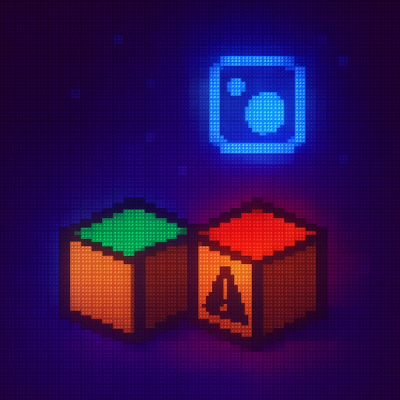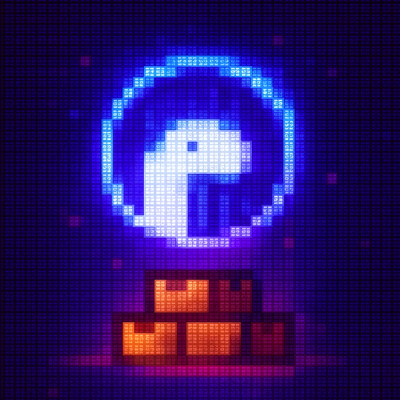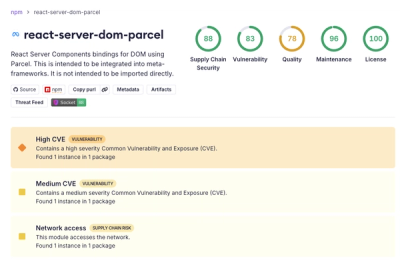
This schematics allows to add Acoustic Content SDK support to your Angular application.
Prereq
- Install the Angular CLI
- Make sure you have an Angular project set up
Usage
From the command line from within you application folder run
npx ng add @acoustic-content-sdk/app
This will ask for the API_URL of your Acoustic Content tenant.
The command will add the Acoustic Content SDK to your project and install the required dependencies.
Next Steps
Concepts
An application built for Acoustic Content is delivered in two versions, a view and an edit version. The versions differ in the set of modules they pull in from the Acoustic Content SDK at application bootstrap time, the actual application code, i.e. the application components are identical between these versions.
The split makes sense, because the edit version enables inline edit features for the application and this requires to pull in more dependencies than there are required for an application without edit capabilities. So the application build for edit is larger than that for view. It is important however to keep the application size for view as small as possible to deliver the best application performance possible. Hence the split.
The different build versions are represented as configurations in the angular.json file. You can e.g. build the application in view mode for production calling ng build --configuration=production,view or in edit mode ng build --configuration=production,edit. The same overlay technique works for other build targets.
Documentation
API Documentation
Home > @acoustic-content-sdk/app
app package
Angular schematics used to add application support for Acoustic Content.
Functions
Variables
| VERSION | Version and build number of the package |
Home > @acoustic-content-sdk/app > addToApplication
addToApplication() function
Adds SDK support to an existing Angular application
Signature:
export declare function addToApplication(options: Schema): Rule;
Parameters
| options | Schema | the schematics object used to describe the applicatiojn |
Returns:
Rule
the schematics rule that executes the transform
Home > @acoustic-content-sdk/app > VERSION
VERSION variable
Version and build number of the package
Signature:
VERSION: {
version: {
major: string;
minor: string;
patch: string;
branch: string;
};
build: Date;
}




